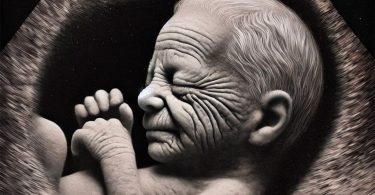Fighting glycation: a way to reverse muscle wasting?
Aging leads to deleterious changes in skeletal muscles, notably an increase in intramuscular collagen which, above a certain threshold, results in the pathology of age-related muscle wasting, known as sarcopenia.
The accumulation of glycation in intramuscular collagens as a result of over-consumption of sugar throughout life is recognized as playing a key role in the acceleration of sarcopenia (1). Studies confirm that the rate of glycation is significantly correlated with the decline in fitness factors, major indicators of muscle wasting (2).
Using a crosslink breaker molecule (ALT 711), a successful deglycation attempt on de-cellularized muscle matrix from mice (3) opens the way for future studies on the management of sarcopenia and the reversal of its effects.
© AGE Breaker updated 02 2024
[Glycation is one of the major causes of aging. Resulting from the fixation of sugars on the proteins constituting the organism, glycation generates toxic compounds that cause cellular aging. Glycation is particularly involved in metabolic disorders, skin aging and cognitive decline.] [AGE BREAKER, patented nutritional supplements, based on rosmarinic acid, recognized by aging specialists around the world for their properties to reverse the effects of glycation.]More on www.agebreaker.com
#agebreaker #glycation #antiaging #longevitymedicine #preventivemedicine #preventivehealth #skinaging #4pmedicine #advancedglycationendproducts
1 – L. C. Olson et Al. Advanced Glycation End-Products in Skeletal Muscle Aging. Bioengineering 2021, 8(11),168;
Doi.org/10.3390/bioengineering8110168
2 – Jun-Young Sung et Al. Association Between Tissue Accumulation of Skin Autofluorescence, Disease, and Exercise Capacity in Older Korean Adults. Research Square, Feb 2024.
Doi.org/10.21203/rs.3.rs-3916409/v1
3 – L. C. Olson et Al. Advanced Glycation End Products Are Retained in Decellularized Muscle Matrix Derived from Aged Skeletal Muscle.
Int. J. Mol. Sci. 2021, 22(16), 8832;









